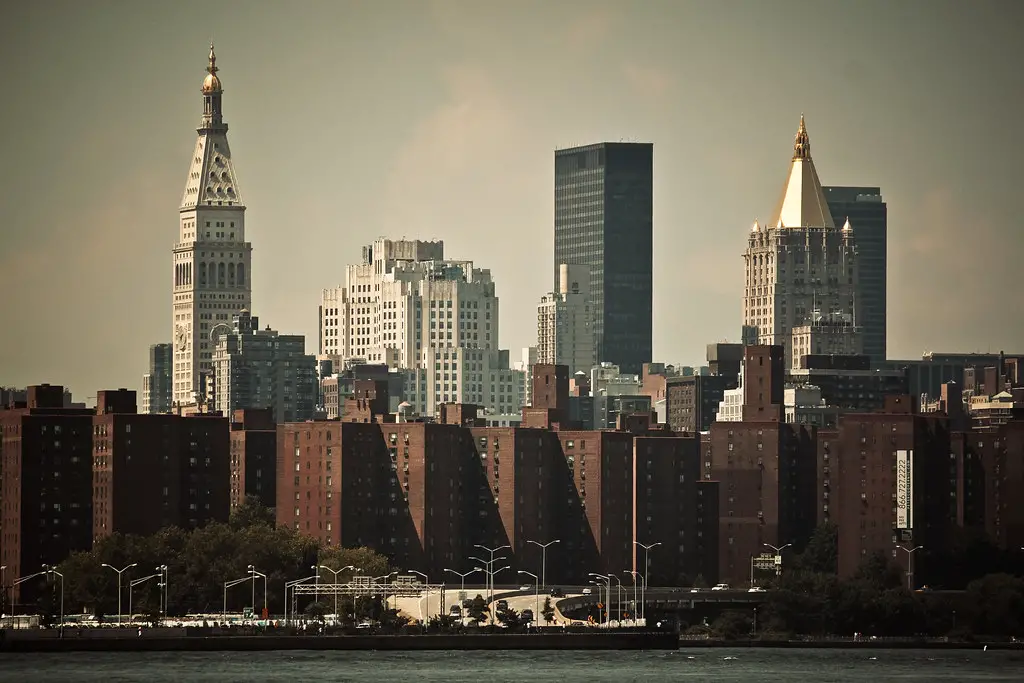Raising Awareness of Renewable Energy with a Public Art Installation
Daniel Popper is the man behind Durban’s Baobab Tree. Not an actual tree, but a sculpture of the African plant made from recycled and sustainable materials which also harnesses renewable energy to power lighting. I recently got the opportunity to meet Daniel to discuss his work, as well as attend the official lighting of Durban’s newest landmark, pictured within this post.

Joe Peach: I wondered if you could talk a little about the creative process you went through before you came up with this piece.
Daniel Popper: Well I was approached to build some kind of structure that would be a symbol of sustainability and would raise awareness. I worked with the Creative Directors of the event and we came up with this idea to build a giant tree. Then the challenge was how we could make it so that it raised awareness, what materials we could use that would be sustainable and how we could make it interactive?
JP: How did you source the materials you required?
DP: It was all local stuff. We created the interior out of metal, then we covered it in pallet wood. Sourcing that can be quite a difficult process, but you can get loads of recycled pallets because a lot of people just leave that lying around. But the scale of the tree was really big, so I actually used a few companies that manufacture pallets, but also recycle the pallets once they are used.
JP: So it’s a temporary structure…
DP: It’s semi-permanent, with a two and a half year lifespan.
JP: Do you think that after 2 and a half years, that’s the end?
DP: Well, the metal hasn’t been galvanised, and the climate here in Durban is very humid so it’s going to rust. It will look cool once the wood starts rotting and falling off, so I’m interested in seeing how it looks in a couple of years. It’s been engineered to be strong, and it’s already weathered a couple of storms, including a really big one on Sunday.

JP: One thing that’s caught my eye is how the lighting is charged by numerous bicycles located around the sculpture. I wondered if that was a statement on sustainability, or simply a practical way of charging the lights?
DP: It’s interactive – you could use lots of renewable energy to power the lights. There’s two sides to the lights. We didn’t want the thing to be in darkness, so we needed come up with a way so that it was lit up whether people were cycling or not. So that’s what the solar panels do – there’s a white box on the right which charges the batteries for the external lighting system. Then there’s an internal lighting system of floodlights, there’s 17 for COP17. When you pedal it turns the light on inside, and some of the fairy lights on the outside.


